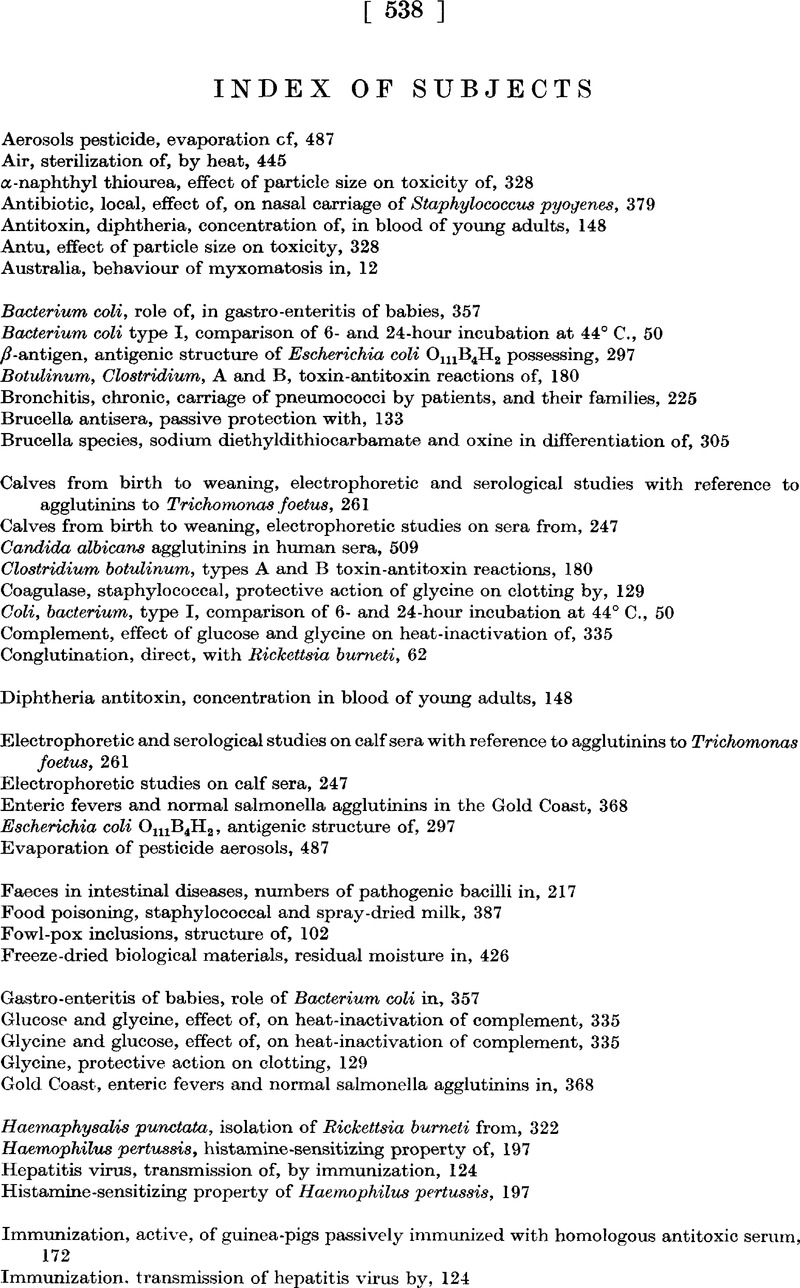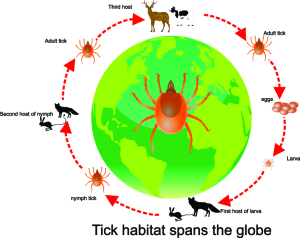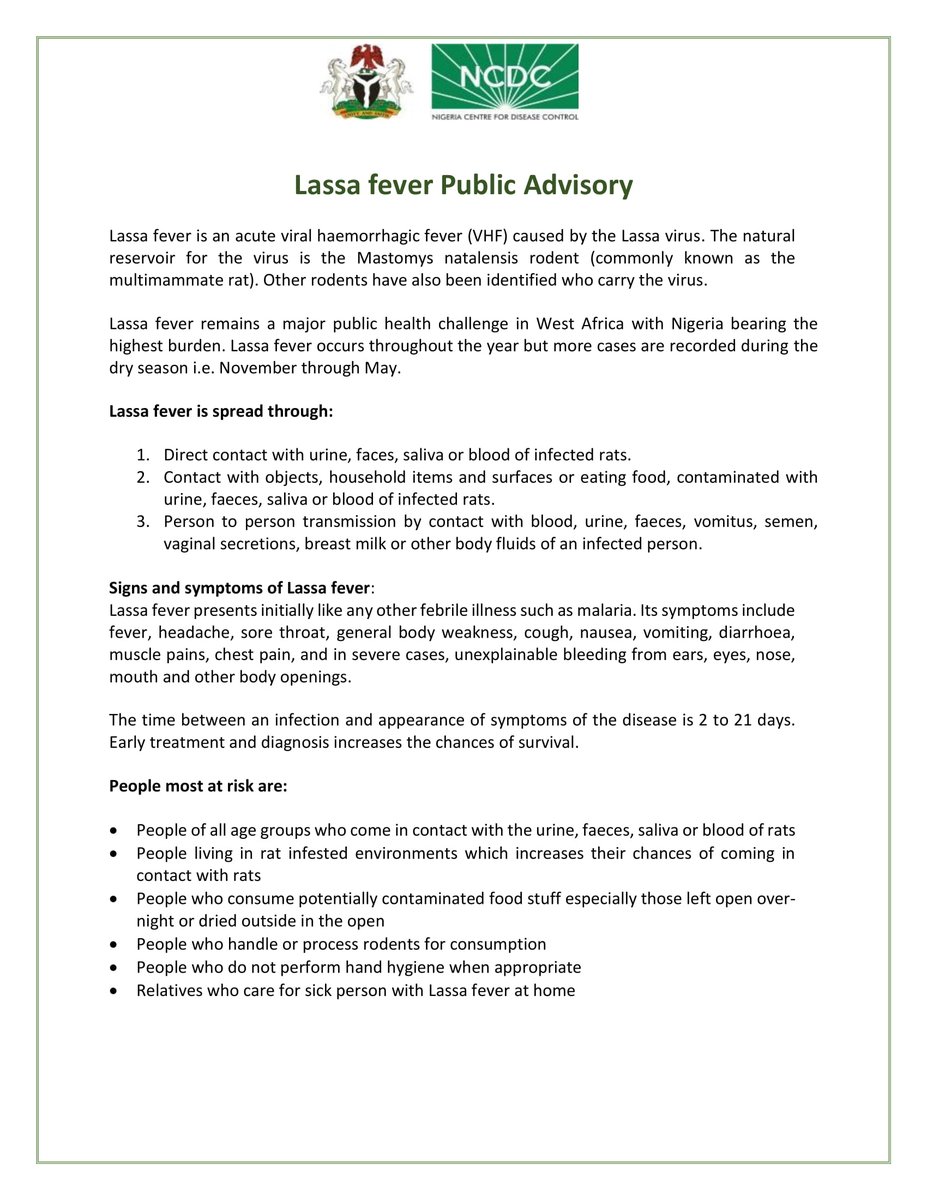
Additionally, PPV was 100%, NPV was 79.5%, and NLR was 0.07. Moreover, 31 DBS samples from the 31 HCV-negative subjects were negative for HCV antibody (100% specificity). The 8 false negatives were retested using the INNO-LIA™ HCV Score test, which revealed 4 positive samples, 3 negative samples, and 1 indeterminate result. Of the 108 HCV-infected patients, 100 DBS samples were positive and 8 DBS samples were false negatives therefore, the sensitivity was 92.6%. In this study, our aim was to develop and evaluate a methodology that makes it possible to detect HCV and HIV infection from capillary DBS samples under real-world conditions. In fact, the World Health Organization (WHO) indicates that future directions and innovations in HIV and HCV testing should include validation of DBS specimens with various commercial serological and NAT assays (multiplex and polyvalent platforms) for integrated testing of HCV and HIV 5. Therefore, DBS may facilitate diagnosis of HIV and HCV infection in settings where access to screening is difficult. However, the use of capillary whole blood in dried blood spot (DBS) specimens may be an excellent alternative in both serological and nucleic acid testing (NAT) assays for the screening of HIV and HCV infection, since these approaches are less invasive, samples can be stored and transported without refrigeration, and highly trained personnel are not necessary 5, 9, 10. Traditionally, diagnosis of HIV and HCV infection has been based on the detection of antibodies, antigens, and the viral genome in blood samples obtained by routine venous blood collection 5, 8. On the other hand, diagnosis of HCV remains problematic for many low-income countries and difficult-to-access populations in developed countries 4, where most individuals remain unaware of their HCV status until advanced stages of the disease 5, 6, 7. On the one hand, HIV infection is diagnosed increasingly frequently in resource-limited settings through implementation of HIV testing programs however, HIV testing is still not reaching some communities (eg, people who inject drugs, sex workers, homeless persons), resulting in late presentation 3. Both HIV and HCV share routes of transmission, and their diagnosis is a priority in public health strategies throughout the world 1, 2.

Infection by human immunodeficiency virus (HIV) continues to be a major public health issue, with a global prevalence of 0.8% among adults, of whom around 30% are undiagnosed 2. Approximately 71 million persons live with HCV infection, and around 80% are undiagnosed 1. Hepatitis C virus (HCV) infection is a major health problem worldwide. Screening for HCV and HIV using DBS might be a key strategy in the implementation of national programs for the control of both infections. In conclusion, our methodology was able to detect both HCV infection and HIV infection from the same DBS sample with good diagnostic performance. Finally, the HCV-RNA detection test revealed a detection limit of 5 copies/µl with an efficiency of 100% and sensitivity of 99.1%, specificity of 100%, PPV of 100%, and NPV of 96.9%. The HCV serological analysis revealed a sensitivity of 92.6%, specificity of 100%, PPV of 100%, and NPV of 79.5%. The HIV serological analysis revealed 100% sensitivity, specificity, positive predictive value (PPV), and negative predictive value (NPV). ELISA was used for anti-HCV and anti-HIV antibody detection and SYBR Green RT-PCR was used for HCV-RNA detection.

We carried out a cross-sectional study of 139 individuals (31 healthy controls, 68 HCV-monoinfected patients, and 40 HCV/HIV-coinfected patients). Our aim was to develop and evaluate a methodology for the detection of HCV and HIV infection based on capillary dry blood spot (DBS) samples taken under real-world conditions.

Both hepatitis C virus (HCV) infection and human immunodeficiency virus (HIV) infection are underdiagnosed, particularly in low-income countries and in difficult-to-access populations.


 0 kommentar(er)
0 kommentar(er)
